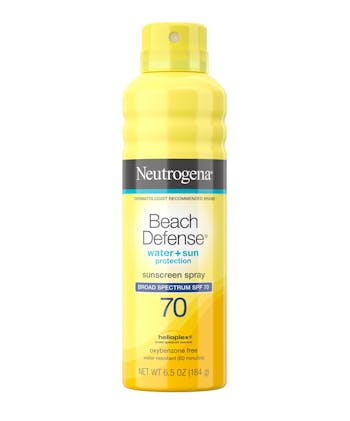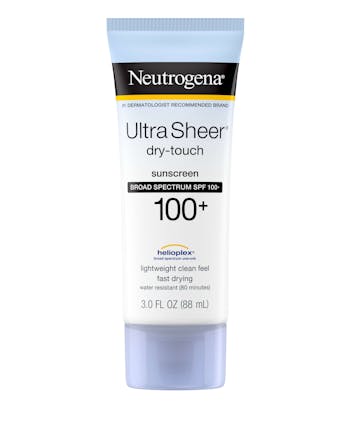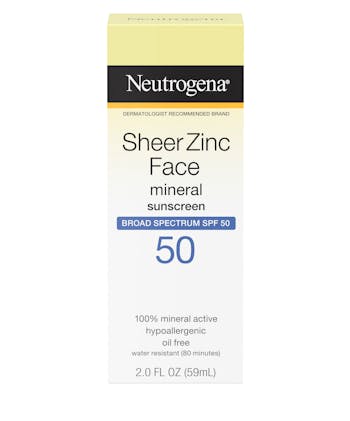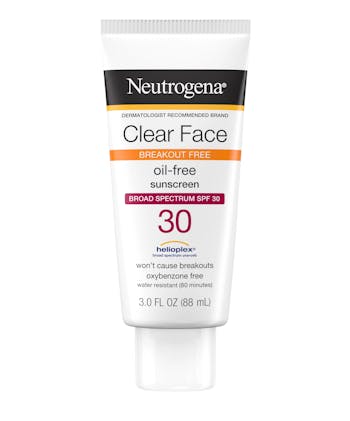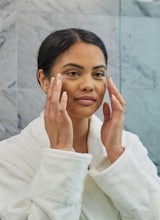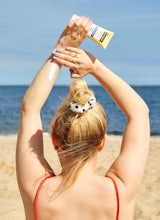Sun Damage Explained
Sun damage (also known as photodamage) of the skin can either be acute like sunburn, or chronic like the gradual changes of the skin caused by an accumulation of sun exposure throughout your life. Chronic photo damage results in either a cosmetic change in the skin's appearance, such as fine and coarse wrinkles, or changes that are of medical and health concerns, such as pre-cancerous lesions. The sun rays can also change skin through freckles, discolored areas of the skin and more. There's very strong evidence that ultraviolet light is the cause of many of the changes associated with the premature signs of aging skin.
What's the Difference Between UVA & UVB Rays?
There are two types of UV rays - UVA and UVB - both of which can harm your skin. UVA rays penetrate deep into the layers of the skin and leads to premature signs of aging, which include fine lines and wrinkles. UVB rays are the primary cause of sunburn, because they penetrate the outer layer of skin and cause damage to skin cells. Too much exposure from either UVA or UVB rays can play a part in causing skin cancer.1 It's important to use sunscreen protection year-round, because the amount of UVA stays relatively constant throughout the year, and also exceeds the amount of UVB rays in both summer and winter. Even on a cloudy day, 80% of the sun's UVA rays may pass through clouds. What's more, when it comes to tanning beds, it's important to know that tanning beds work by emitting primarily UVA rays, which penetrate deep into the skin.


What can you do to protect your skin against UVA and UVB rays?
Because SPF measures protection against sunburn caused primarily by UVB rays, be sure your sunscreen protects against UVA rays as well by choosing products that provide both UVA and UVB protection. These are usually labeled "broad spectrum," and are available as body and face sunscreens as well as daily moisturizers.
Wear or use a broad spectrum sunscreen every day to protect your skin from the harmful effects of the sun. Apply generous amounts of sunscreen, especially when you are active outdoors. Use a water resistant sunscreen when swimming or sweating, and always choose a sunscreen that offers an SPF (sun protection factor) of 30 or higher.
SPF is a measure of how much a sunscreen can protect you from sunburn. If you apply a sunscreen with an SPF of 30, for example, sufficiently and evenly, SPF indicates that it will take 30 times longer for your skin to begin to burn than if you did not wear any sunscreen protection at all. With this in mind, you should reapply sunscreen at least every 2 hours and after swimming, towel dry, and apply again for extended sun exposure.
We recommend that you consult your dermatologist or physician for proper diagnosis and treatment.



